
NCF Motors Arctic
Story and photos by Rob Hawkins
Extending the life span of 4x4s with a new body has long been a popular approach thanks to their separate body and chassis. In contrast to most unibody production vehicles, the 4x4 market is where you’ll find vehicles with a separate chassis, including the latest Land Rover and Range Rover, Jeep Wrangler and Suzuki Vitara.
The latter model is where the Arctic comes in. Originally developed by NCF Motors of County Durham in northeast England, this firm is well known in the U.K. kit market, having created a number of DIY cars and off-road vehicles over the last several decades (including the Sahara, based on the Land Rover Discovery).
Unlike most fiberglass-body kits and replicas, the Arctic’s body is made from galvanized steel and includes a substantial roll cage. Underneath this new exterior, a short-wheelbase Suzuki Vitara, made between 1988 and 2000, serves as the donor platform.
For those not familiar with this donor vehicle, the SWB Vitara was a worldwide success story for Suzuki. It replaced the popular SJ that had already proved Suzuki was capable of making a small off-road vehicle with on-road ability. It was also known as the Escudo in Japan and initially the Sidekick in the U.S.
Their engines sip on gasoline, since they range in size from the entry level 1- and 1.3-liter four-cylinders to a somewhat larger 1.6-liter four-cylinder. The latter motor initially produced 74 hp via an eight-valve cylinder head with multipoint fuel injection, and there was also a more powerful 16-valve head. The original Sidekick was updated in 1996 with a new Sport version available with 120 hp, 1.8-liter 16-valve four-cylinder Suzuki J18 engine.
Throughout the production life of the Vitara, various styling updates were incorporated, with either a two-door soft-top body or a three-door tin-top. The overall dimensions and the mechanical components remained the same throughout this model’s 12-year life span.
Getting back to the history of NCF Motors, in 2015 the manufacturing rights to both the Arctic and Sahara models were sold to Simeon Scruton, who runs FourWD Engineering. He built a Sahara back in 2009 and has since used it as his everyday transport.
From this initial project, Scruton soon built up a good relationship with NCF and its proprietor, Nick Findeisen. Working as a professional welder, he felt confident he could take on the production of the Sahara and Arctic, although at present he has kept his day job to ensure cash flow and funds don’t dry up.
The build of an Arctic begins with the removal of the Vitara’s steel bodywork. The assembly manual recommends starting at the front, removing the battery, hood, bumper, fenders, grille and lights. Then any remaining parts need to be extracted from the inner fenders before they are cut and pulled along with the front panel.
Next, both the windshield and rear glass come out, plus the majority of the interior, leaving the dashboard behind, before cutting through the base of the windshield pillars and around the outer edges of the floors. (The gas tank comes out as well, but is reused.) After undoing a handful of chassis mounting nuts, a large section of the Vitara’s shell lifts off, leaving a rolling chassis with the original steel floors and front bulkhead.
The only modification needed on the rolling Vitara chassis is to move the battery 8 inches inside the engine bay. And if larger tires are going to be fitted, a triangular section needs to be cut from the bulkhead and replaced with a steel patch.
On fuel-injected engines, the standard induction system has to be replaced with a smaller aftermarket alternative such as an open cone. Or for off-road use, a closed induction system with a snorkel.
The new Arctic body and roll cage bolt onto six of the Vitara’s body mounting points on the rear, along with the bumper mounts at the front for the forward-hinging front end. The lift-kit look is achieved by fitting 31-inch-diameter tires, which can be wrapped around standard 15-inch wheels.
With the standard Vitara measuring 143 inches long, the Arctic is a little shorter at 138 inches, but it’s 7 inches wider and almost 1.5 inches taller. The basic Arctic kit costs £1,850 in the U.K. ($2,400 approximately, not including shipping and import duties), which consists of a steel body with roll cage, two doors, side steps and aluminum diamond plate for the rear floor, load wall and sill area. Items not included, which can be sourced elsewhere, include a set of Land Rover Defender plastic wheel arch trims, exterior lights, catches and gas rams for the front clam, and a pair of Defender door mirrors.
Optional extras include a side-mounted tailgate, a front-mounted nudge bar, and a windshield and rear screen, although the Arctic can be built without any glass. Estimated build times are around three to four months of weekends and evenings, depending on your skill set.
The Arctic seen here was awaiting documentation from the U.K.’s DVLA (Driver and Vehicle Licensing Agency) to confirm its change of name and body swap. With no chassis modifications required, the conversion doesn’t need to undergo an Individual Vehicle Approval test in the U.K., but does need its logbook amended. So we couldn’t test drive the vehicle on the road, but did have a useful dirt track nearby to have some fun with it (more in its element anyway).
Getting into the Arctic is the first challenge. The increased ground clearance means the side steps along the sills are essential. If the doors are fitted, these add to the challenge, but can be swung open, allowing you to negotiate your way into the cabin.
There’s no denying the fact that the Arctic is fun to drive, as the 10.5-inch-wide balloon tires alter the handling characteristics of the Vitara’s suspension. It feels like an agile off-roader, begging to be driven along a green lane or over rough terrain. This particular vehicle has the 8-valve 1.6-liter engine, which feels sufficiently lively, but don’t forget it doesn’t seem to be particularly quick on paper in a standard Vitara.
As a fun off-roader, the Arctic is an innovative and compelling conversion for a Suzuki Vitara. Its pickup persona is unique, with clean lines and no awkward angles. It’s practical with a rear load area and better engine bay access than the donor vehicle. Plus, the big tires, roll cage, Defender arches, and mirrors and exterior accessories (such as sill steps and a rear-mounted spare tire) all help to create the image of a professional conversion rather than a homemade project. All told, you’ll have a blast in your Arctic on some off-road adventures.

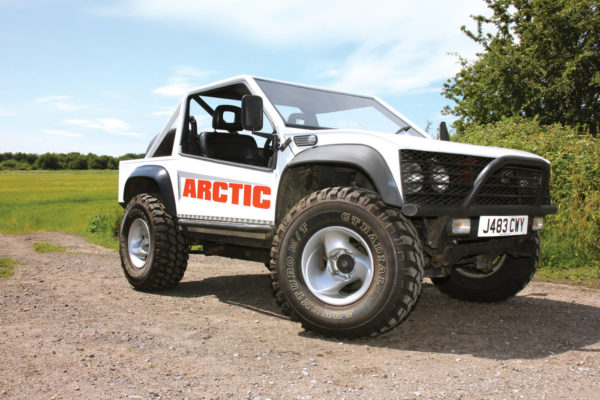
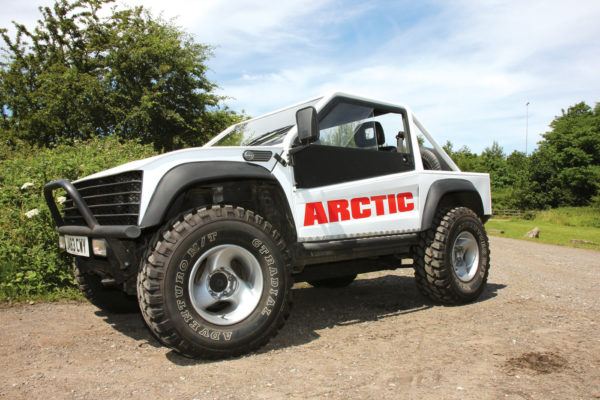
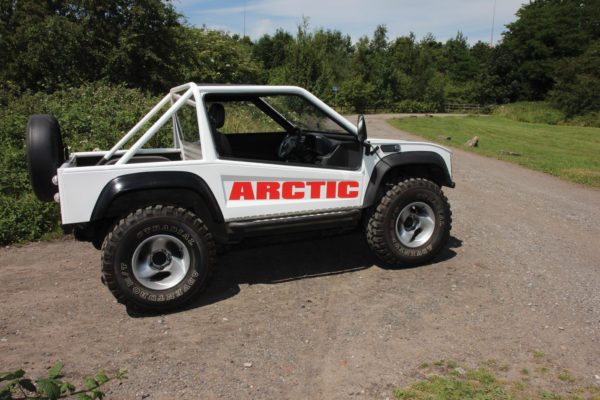
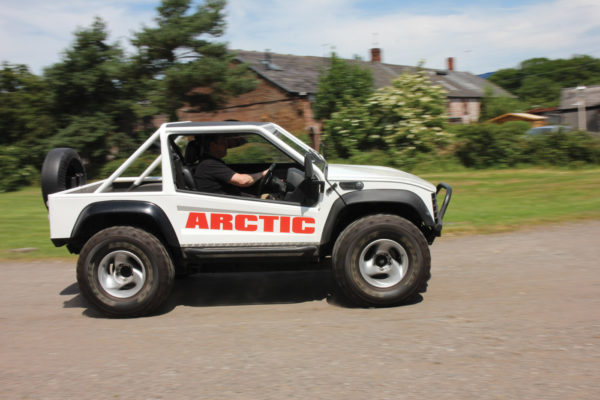
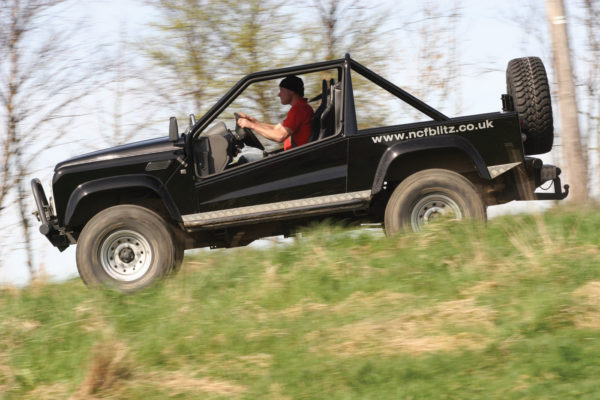
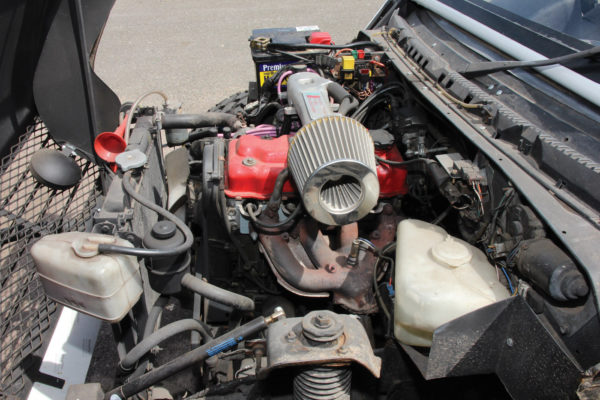
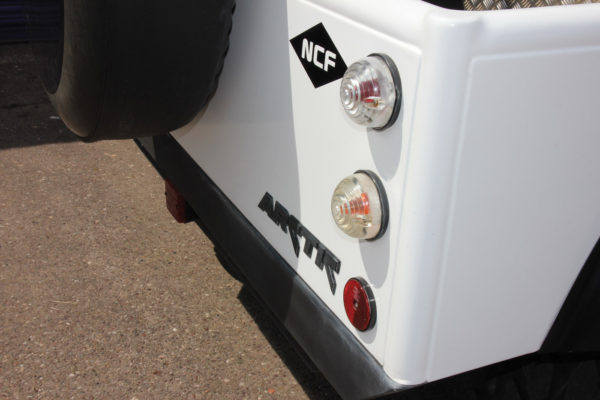
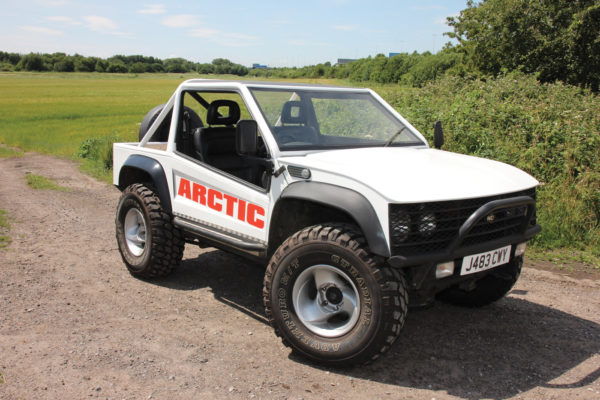
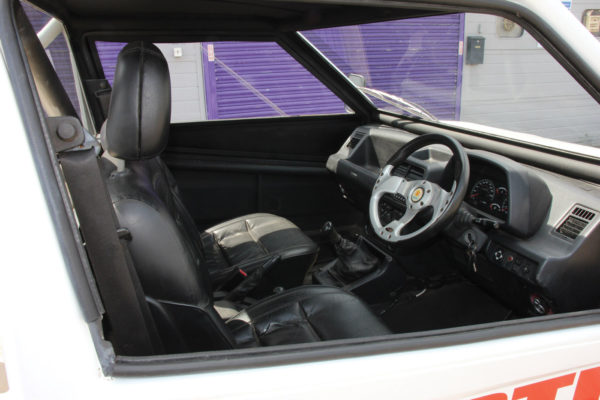
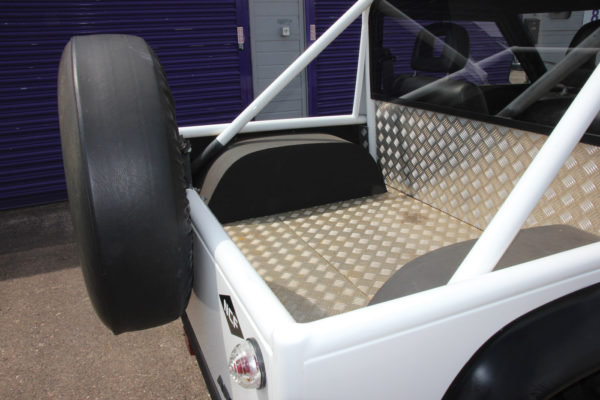
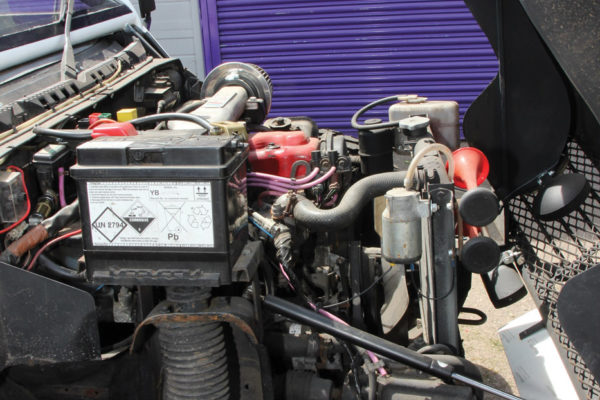
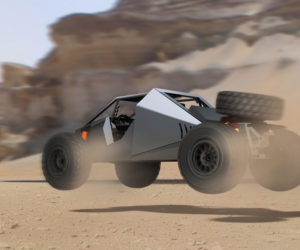
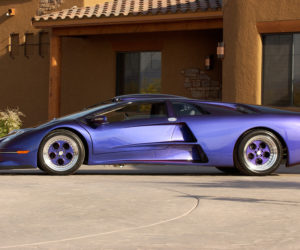
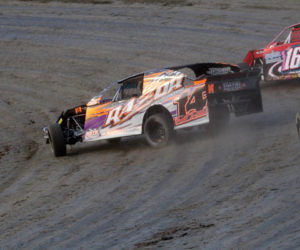
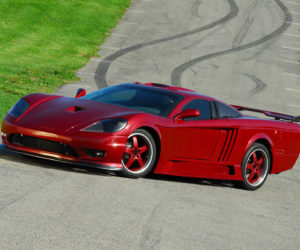
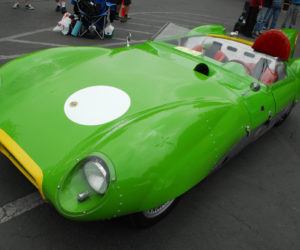
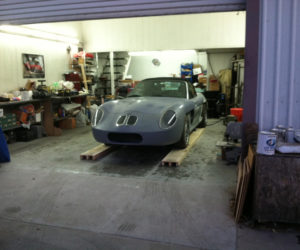




Comments for: Arctic Blast
comments powered by Disqus